Brent Savage by name, not by nature
Growing up in Lithgow on the other side of the Blue Mountains, Brent Savage essentially had three job options if he was going to stay in town: Coal, guns or Tic Tacs. He left.
Who knows where Savage would be today if he'd stuck around and taken a job mining for coal like his father before him, assembling Smith and Wessons, or packing low-calorie breath fresheners? Probably not overseeing a multi-award-winning restaurant group.
The mild-mannered chef is reluctant to talk about his achievements. But among his peers he's widely considered a chef who can run a brigade, and run it very well. To work as an apprentice in one of his restaurants is to learn from the boots up. "I think that comes from someone who learned how to wash dishes from the beginning," he says. "I feel it's important to understand how hard that is, to start from the bottom and work your way through to the top. It gives you a bit of humility."
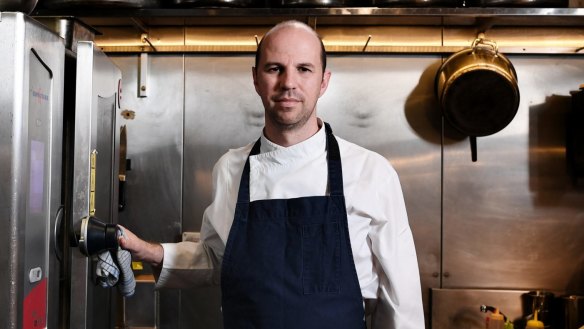
Savage has never had any interest in aggressive kitchens – he refuses to buy into psychological terrorism. But then, he learned from the master of quiet intensity, Phillip Searle at his Blackheath restaurant, Vulcans.
It was a restaurant built inside an old bakery, with a menu ruled by a massive wood-fired oven that occupied much of the modest dining room. "We did breakfast at that time and we didn't have a toaster so we would toast over the fire," says Savage. "It took way longer than it should have but that's how things got done."
Long Saturday lunches where diners would bring half their cellar to match with Searle's deceptively simple food were a thing of legend. Savage had no idea at the time how lucky he was to land a job there. "I went in there with a completely open mind. That was good for Phillip, and good for me," he says. "[Searle's] cooking was very unique. Nothing was done conventionally."
It was only when I worked at Vulcans that I became intuitive.Brent Savage
When Savage initially left the Blue Mountains for Sydney, he considered replicating the restaurant in a city environment. But it was respect for Searle that gave the chef pause. "The most important thing I learned from Phillip was to make sure you don't follow other people's dreams – follow your own. The people I worked with thereafter were of a similar nature, really. In different ways but very free thinking."
After Vulcans, Savage worked for a few years with Mark Best at his Surry Hills restaurant, Marque. An intense, progressive kitchen run by a chef with a similar MO, Savage had a mild burn out.
Keen for a fresh start, he made his way to Melbourne to work with Andrew McConnell at Mrs Jones and Diningroom 211 (both now closed). The two years he spent working for McConnell were formative. Hard work, too. "I learned more than just how to cook. I learned how to get heavily involved in the business side. [McConnell] doesn't baby you, he throws you in the deep end and it's sink or swim. I really thrived on that."
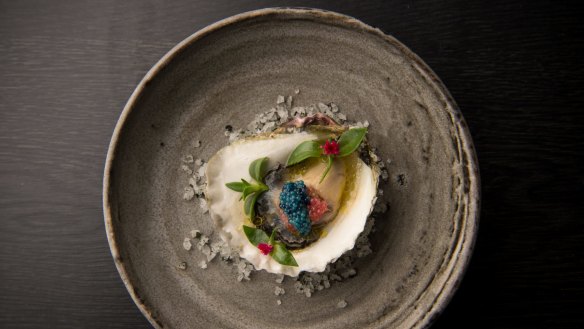
Yet despite loving the cooking, Savage couldn't settle in Melbourne. "I just felt more at home in Sydney. I like going to the beaches on the weekends."
Returning from Melbourne, Savage teamed up with sommelier Nick Hildebrandt, who he'd previously worked with at Marque. They launched the short-lived bar-restaurant Moog, before opening the Bentley Bar in 2006, a sleek wine bar serving Savage's contemporary, occasionally molecular menu paired with Hildebrandt's off-piste wine list. It was exactly what Sydney needed at the time.
In 2013, the restaurant moved to the Radisson in the CBD, with a new design by Melbourne interior architect Pascale Gomes-McNabb. It's a far cry from the dinky original site, which was pretty much held together by plywood and dreams.
"You know, I was super lucky to meet Nick," says Savage. "He's just as passionate about wine as I am about food and clearly that shows in our restaurants. We don't need to agree on everything. Finding the middle ground is what's the most important. We push each other to get that balance right, but the one goal is to be busy and to have guests that want to actually come to your restaurant and enjoy that experience. And if we're both focused on that, the rest takes care of itself."
Today, the pair co-own the Bentley Restaurant and Bar, Monopole, Yellow and Cirrus Dining. It's a large portfolio for two people who started off so modestly. They now employ 50 chefs across their restaurants.
"We have so many staff that work so hard for us. I owe it to them and myself to make sure that we do the best that we can every day," says Savage. "I truly believe that they inspire me to be better. That's what drives me on a daily basis and it's a lot of responsibility that comes with that. I want all of those 50 chefs to come out on the other side being better people, better chefs, than when they came in."
Quickfire corner
Music to cook to: Electronic dance music.
Late-night snack: Chocolate.
Kitchen weapon at work: My mandoline.
Formative food moment: It was only when I worked at Vulcans that I became intuitive – pushed to taste, to smell, to touch, to watch the process of cooking through a wood-fired oven. Not having a temperature gauge, but knowing where to put the lamb overnight. It's hard to teach. It comes from within.
Secret ninja power: Manipulation.
Continue this series
The Grill: Chef interviews 2018Up next
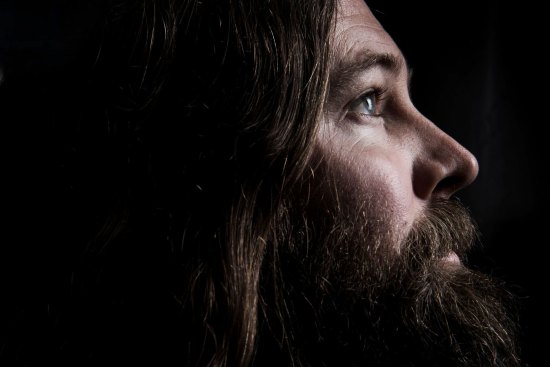
Brewer Oscar McMahon, on bands, beers and beards
Male model, muso, brewer, publican, dad. Young Henrys co-founder Oscar McMahon has had a pleasurably non-linear career to date.
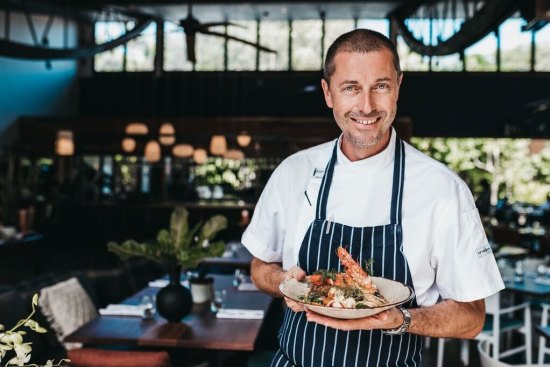
How chef Matt Kemp finally found peace
A sea change has helped create a little peace for the previously troubled chef.
Previous
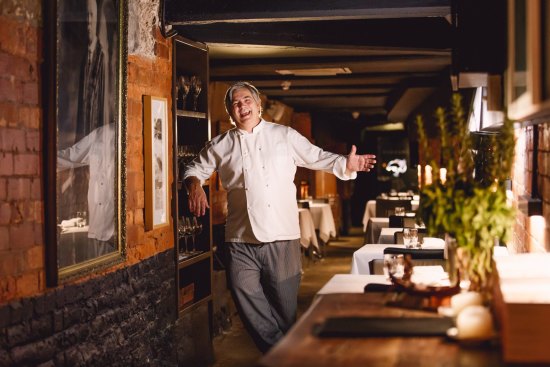
Chef Stefano de Pieri's marvellous Mildura
Stefano de Pieri started in politics and ended up running a lauded restaurant in one of Australia's most remote cities.
Restaurant reviews, news and the hottest openings served to your inbox.
Sign upFrom our partners
Original URL: https://www.smh.com.au/goodfood/eating-out/brent-savage-by-name-not-by-nature-20181115-h17yc0.html
